Whether you’re an established SEO agency or a freelancer just starting out, leads are the lifeblood of your business.
To generate new, relevant leads and clients, you need a system that you can implement and improve over time. And we’ll help you do exactly that.
In this article, you’ll learn the definition of an SEO lead and the six steps to getting great leads.
An SEO lead is a potential client who has expressed an interest in your SEO services. They either find you first and get in touch, or you proactively reach out to them and offer your services.
And here’s how you get them.
The first step is creating or providing a tailored SEO service for particular industries. These services can range from offering SEO consultations with a minimal monthly retainer to serving a specific niche (e.g., lawyers).
When I first pivoted from web design to SEO, I made the mistake of trying to offer a full SEO service.
Then at the time, Ryan Stewart said in a podcast to be great at keyword research and sell it to agencies.
So I did.
Looking around the SEO industry, you’ll find people and agencies doing well by specializing in a particular service or niche.
Look at Rankings.io, which specializes in law firm SEO. Or check out Full Stadium, which specializes in the accounting firm sector.
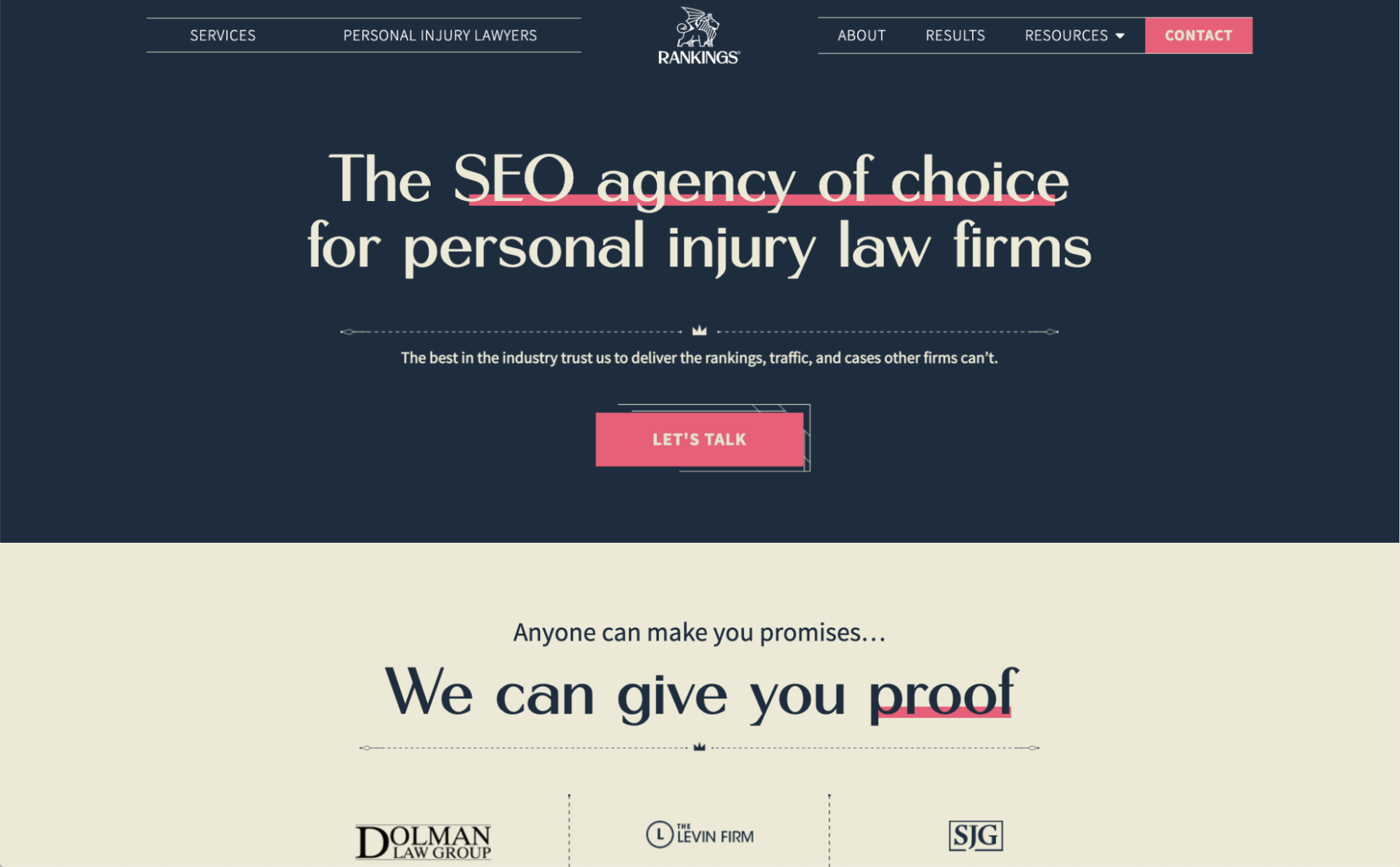
You can go even narrower. For example, Haro SEO builds links for clients from the Help A Reporter Out website. In other words, it caters to a niche within a niche (link building/digital PR).
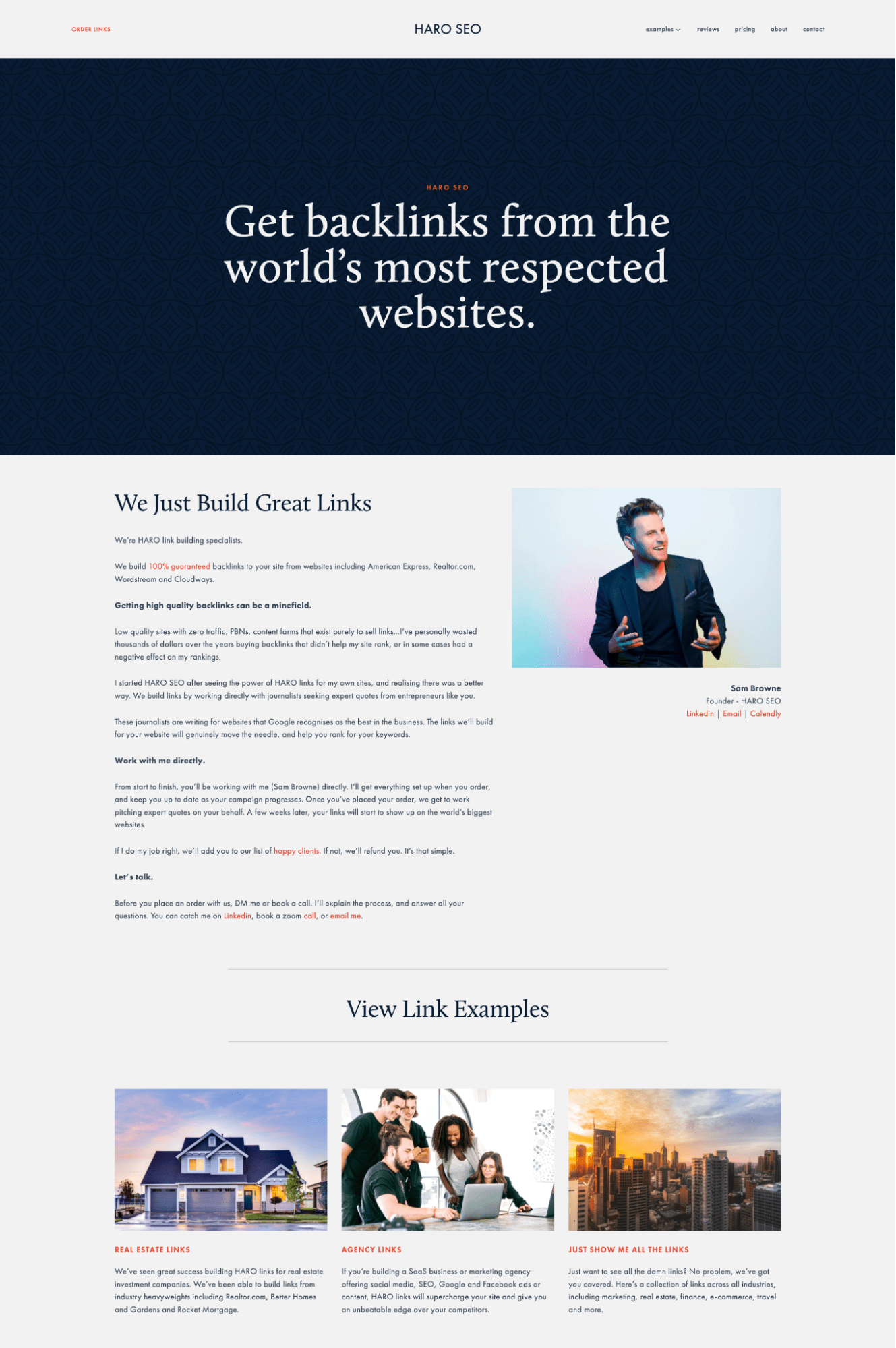
Hence, you can consider niche SEO services such as keyword research, SEO strategy, on-page, off-page, technical SEO, content, YouTube SEO, or local SEO.
Once you’ve defined your target industry and services, there are two ways to find prospects: inbound and outbound marketing.
Inbound
Inbound is where prospects come to you instead of you reaching out to them. Let’s run through the most popular inbound marketing channels that generate leads.
Website
Provided you have a website, you can use it to generate leads if you make people aware of your SEO services and encourage them to take action by either calling you, sending you an email, or downloading an incentive.
Look at this landing page that explains and communicates the growth benefits of the company’s SEO services. The page also includes a strong call to action: get an SEO quote today.
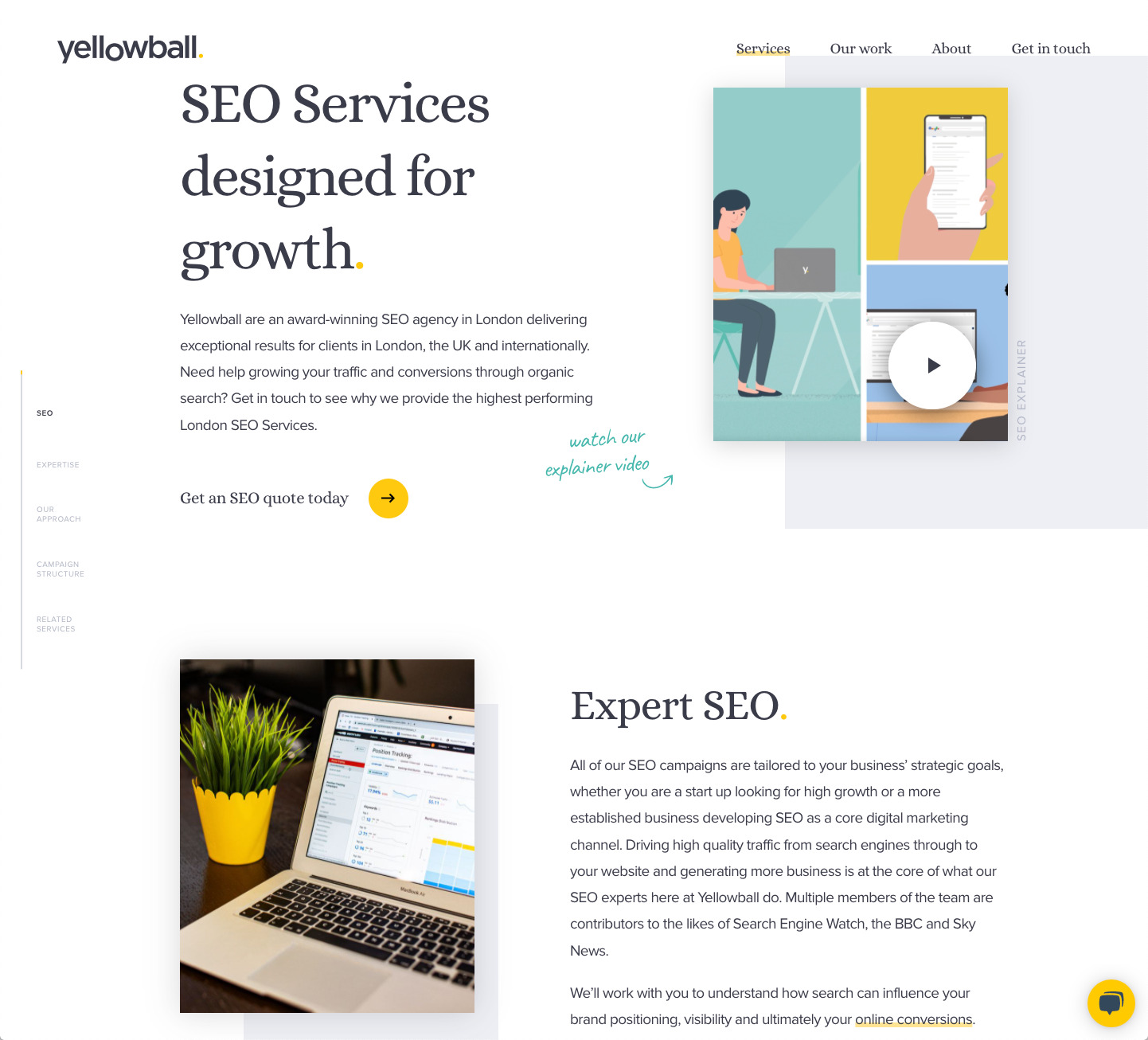
SEO
You already know that organic traffic is the main traffic source for many websites.
Use Ahrefs’ Keywords Explorer to identify the relevant keywords your prospects are searching for and assess the potential of that traffic.
- Type “SEO” and select your country
- Use the Include filter to enter the industry or niche you are targeting, e.g., accountants, contractors
You can see the Keyword Difficulty (KD), search volume, global volume, and Traffic Potential (TP) metrics.

Now select the “SERP” button to view the traffic to the top pages.

Next, create a landing page targeting this topic, outlining what you offer and how to get in touch.
PPC
You can drive traffic quickly if you need leads urgently using Google Ads.
You can see this agency’s Google Ad campaigns and the keywords they target using the new paid search feature within Ahrefs’ Site Explorer.
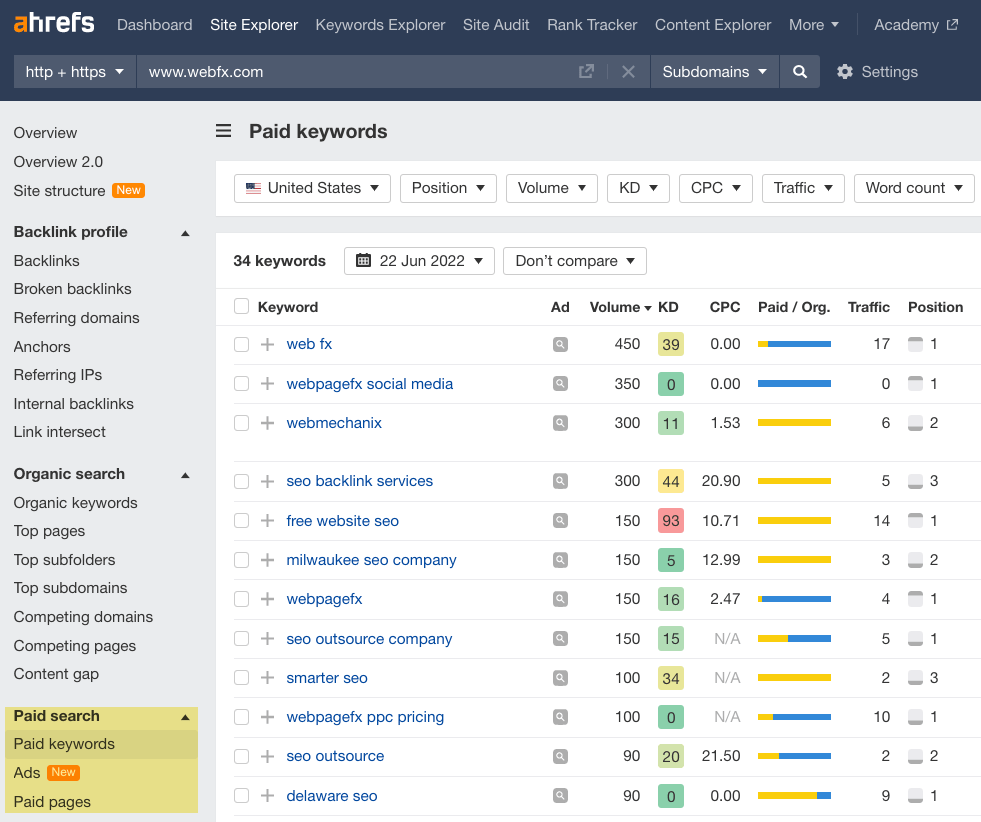
Groups and communities
My path into SEO was via traditional marketing and web design.
As a member of an Adobe web design forum, I generated leads from other web design agencies that didn’t have an interest in or resources for SEO.
Also, the Ahrefs Insider group regularly runs SEO Speed Dating, where members are free to post jobs or projects they need help with—great for lead generation.
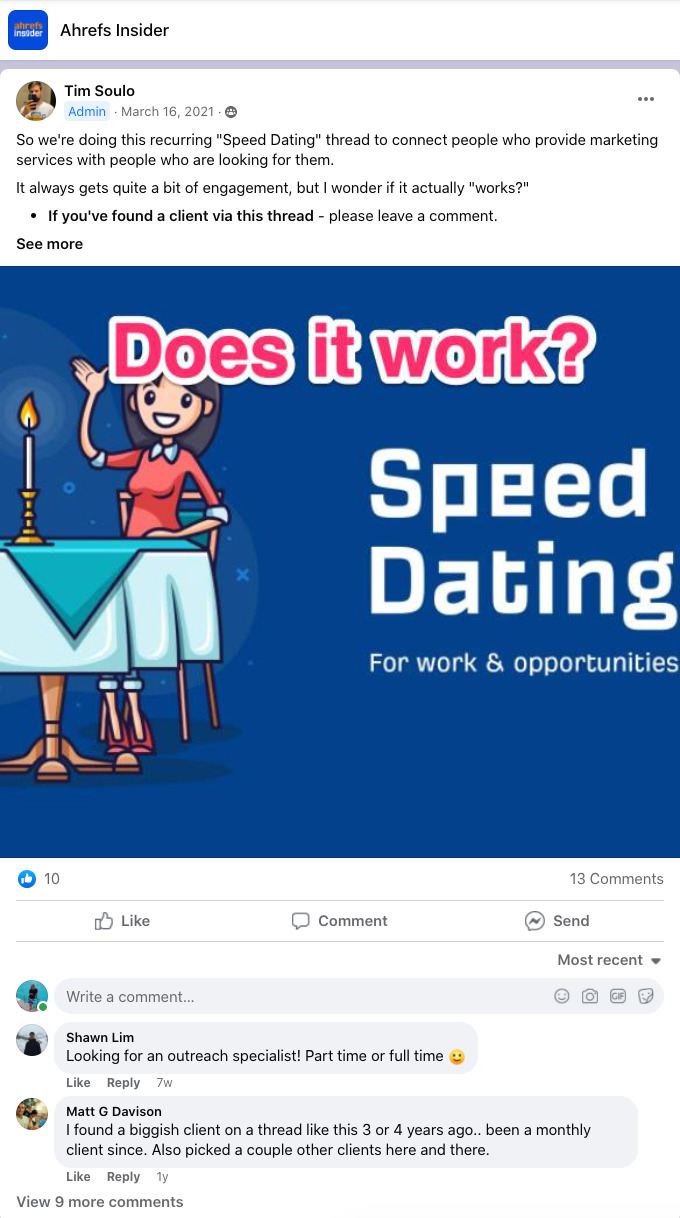
And agencies that use Ahrefs can apply to be featured on our SEO directory and generate interest in their services.
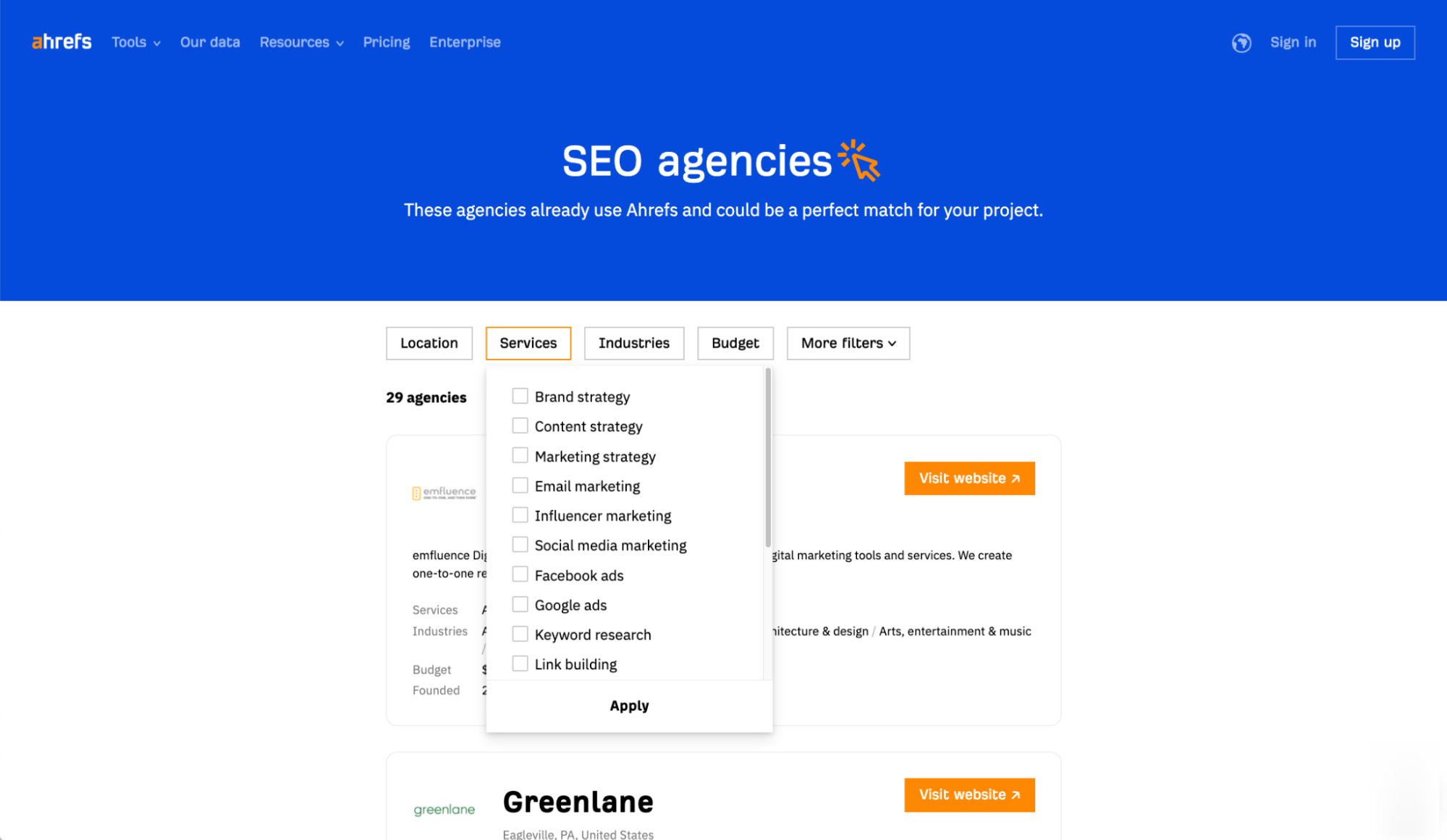
Building your reputation
You can build a reputation for your services by blogging, using social media, or appearing on podcasts.
With some hard work, I grew my organic traffic to several thousand monthly visits. I then used email marketing to offer my services and training courses for opted-in subscribers.
Email marketing
I’m fortunate enough to have built up an email list of opted-in subscribers and prospects. But before that, I simply went through my email account and found the email address of every contact I knew.
I added them to ConvertKit as a segment and emailed them regularly with useful SEO guides.
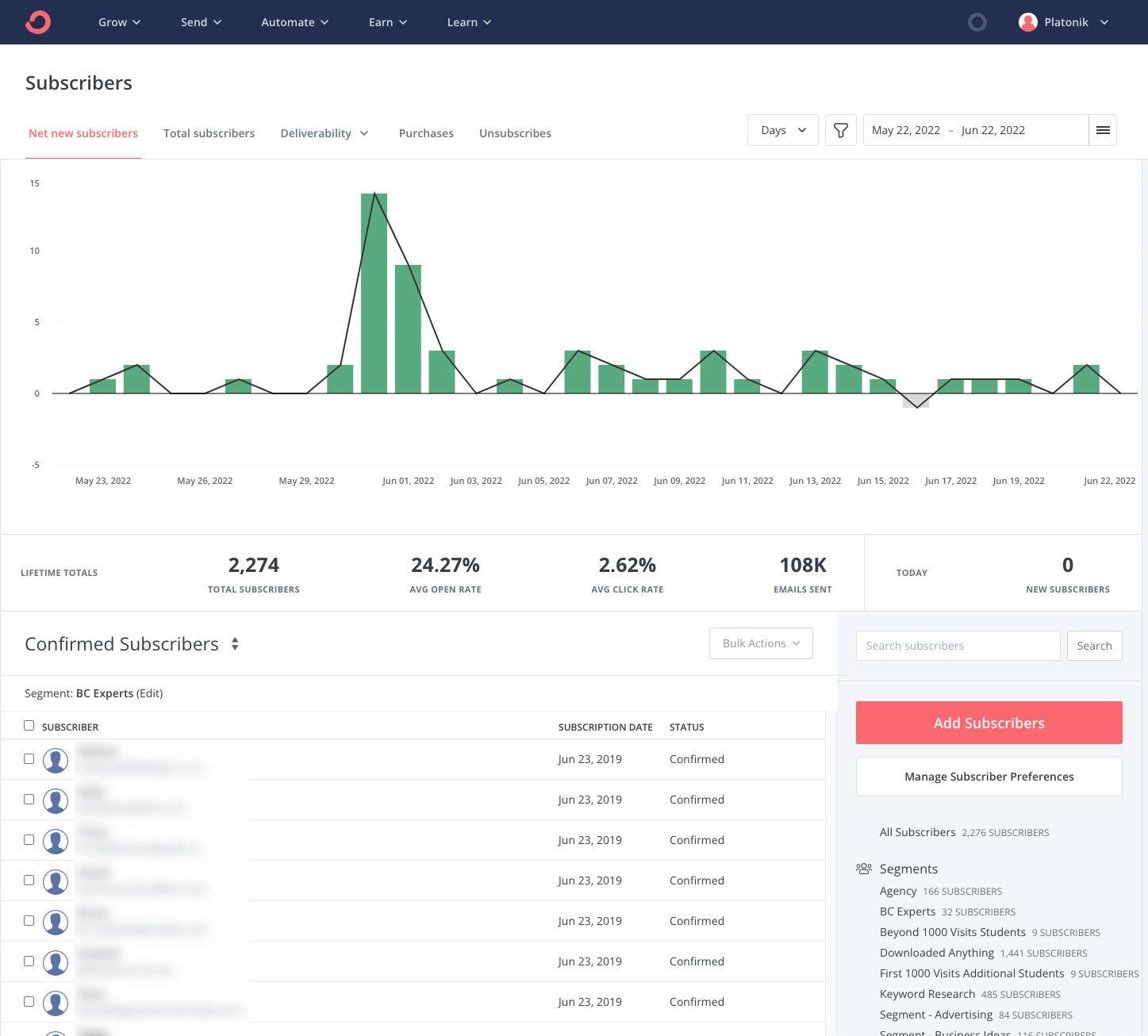
Social media
Samuel Schmitt builds his social reputation using Twitter and LinkedIn.
On LinkedIn, Samuel posts various resources, such as article links and videos, as well as comments and likes content from people in his network.
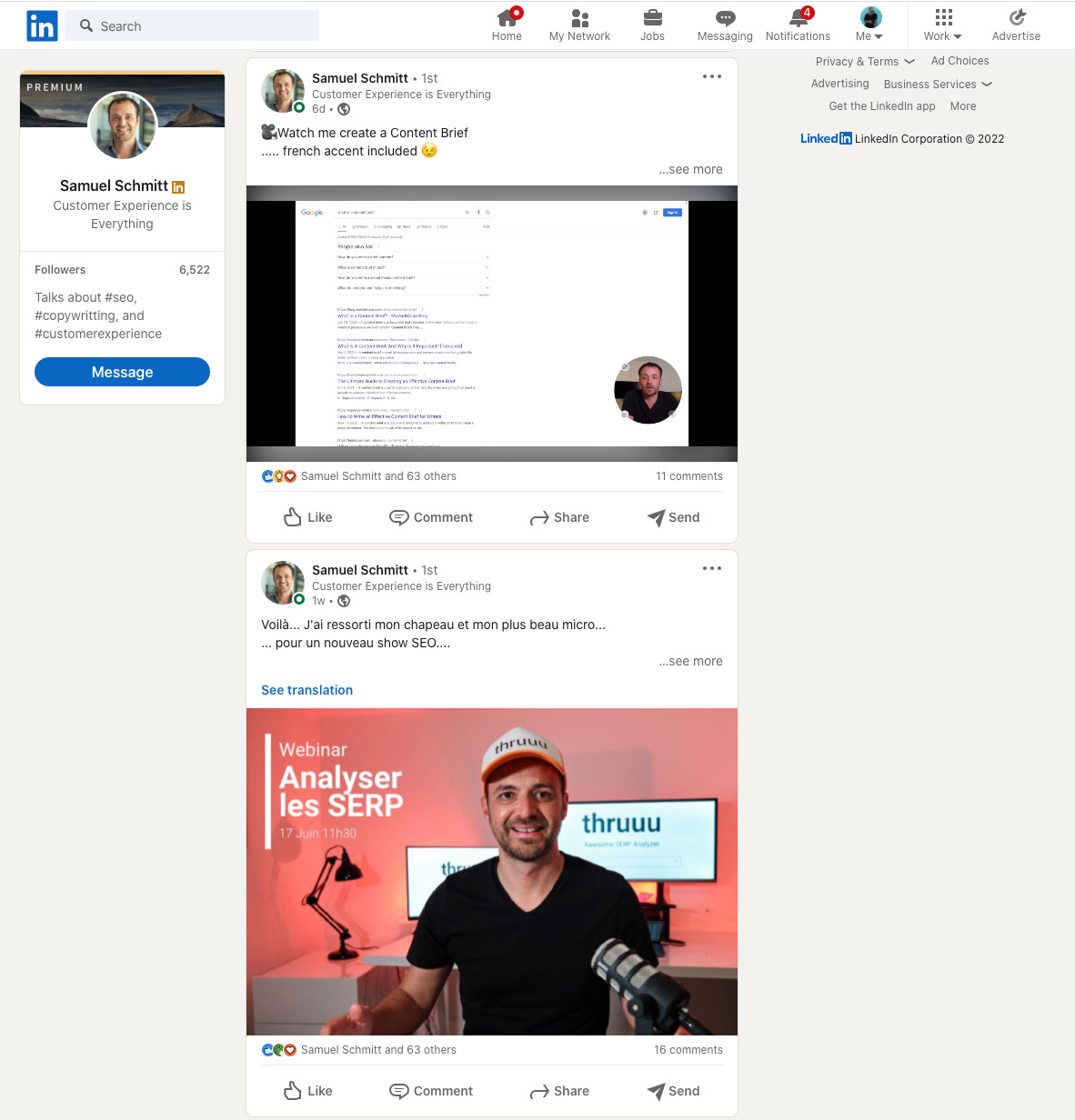
Podcasts and videos
George Chasiotis is the managing director of Minuttia, a SaaS SEO agency. He has built up his reputation as an expert in semantic SEO and topical authority.
I first listened to George on the SEO Rant Podcast and heard him again talking about topical authority with a partner on YouTube.

Events and conferences
You can attend many SEO conferences to network with others in the industry and build connections and potential business.
But do events and conferences exist if you want to connect with clients directly?
The SEO Works in Sheffield joined its Chamber of Commerce as a patron member (like a sponsor).
For £10K, it gets:
- Featured in fortnightly newsletters to other Chamber members.
- Advertising space in Chamber magazine.
- Dedicated email to the business database four times per year.
- Displayed on the Chamber website.
- Promoted socially.
- Invited to networking events.
- To host its workshops for Chamber members.
If this type of membership is beyond your budget, you can identify web design meetups in your area.
For example, there are various web design meetups in my area.
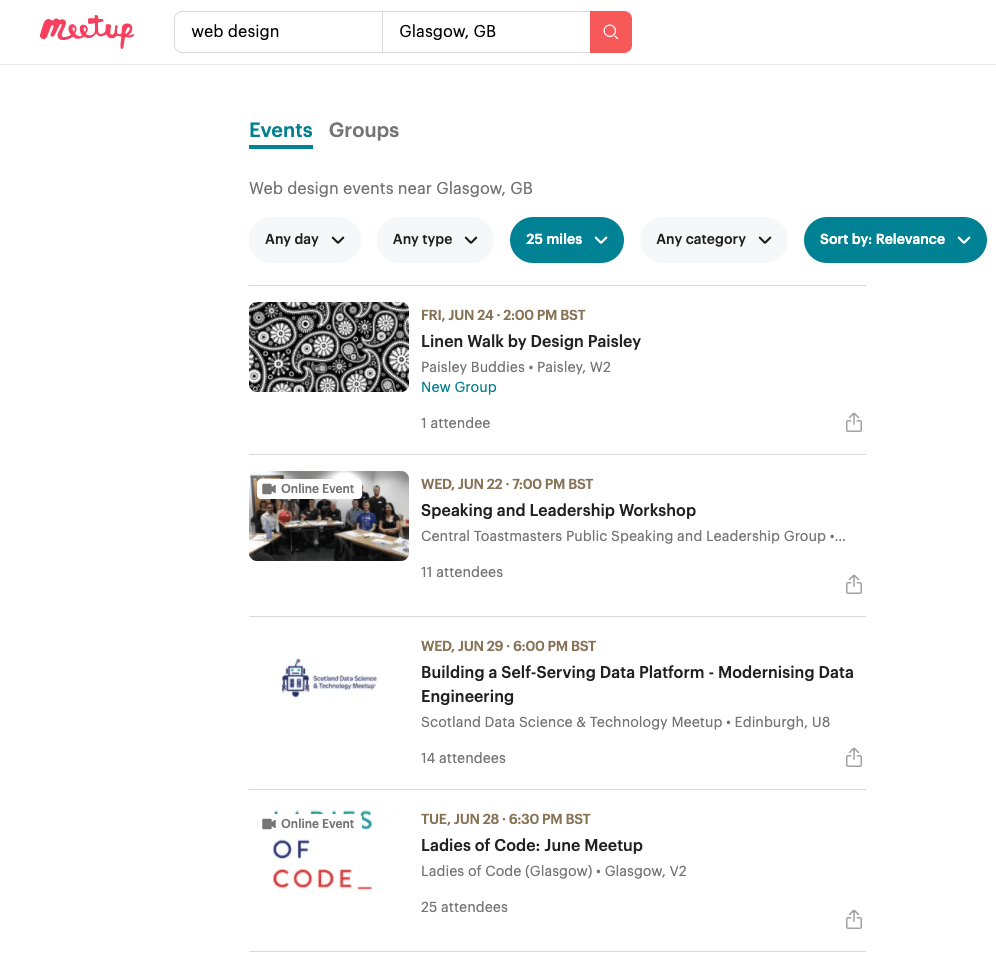
If I attend these meetups, I’ll casually drop into conversations I do SEO; perhaps, I’ll find a few connections.
Word of mouth and referrals
Word of mouth refers to recommendations from friends and family, and it can be powerful when it comes to increasing sales.
For instance, I get most of my referrals from my accountant, who referred every one of his clients to me after lockdown.
I gave them a simple audit that compared their website with a competitor’s to “open a dialogue” with them.
Then I scheduled phone calls to discuss ways to prioritize revenue opportunities from SEO-related work.
Now onto outbound.
Outbound
Outbound is when companies send messages to potential customers rather than wait for them to come looking for their services. This can be through email, direct mail, telephone, etc.
Sidenote.
Check legislation in your state or country before doing cold email outreach.
You can find prospects to target using Ahrefs’ Content Explorer.
Let’s say I want to target insolvency practitioners in the U.K.
- Enter
insolvency practitioner site:co.ukand select “In title” - Filter “One page per domain” and “no subdomains”
And now, I have around 249 unique websites.
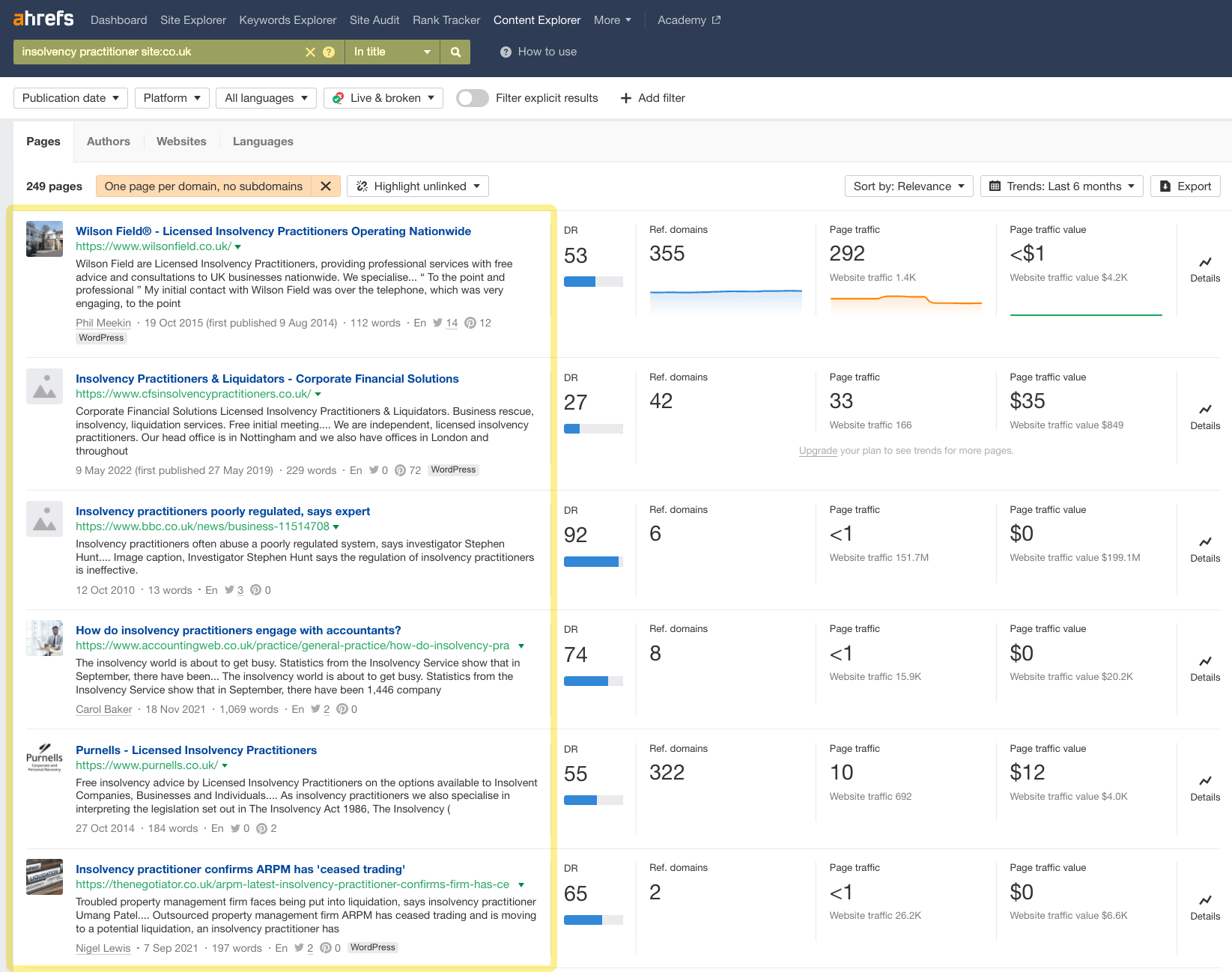
You can change “insolvency practitioner” to the type of company you are targeting.
Do also change site:co.uk to the country you wish to target, e.g., site:ca for Canada.
If you’re targeting prospects in the U.S., enter the business type and location into Content Explorer, e.g., Certified Public Accountant OR CPA AND Houston.
Now that you have found prospects to target, the next step is to qualify prospects or leads.
Lead qualification is the process of determining which leads are most likely to become great customers and focus on them first.
Inbound and outbound leads are qualified differently.
Inbound qualification
Your website will be the primary channel to get qualified leads, and you can do this by including an inquiry form to sort the wheat from the chaff.
Include a form on your website that collects the following prospect information:
- What you are looking for
- What you are investing
- When you’re looking to start
- Name, email, URL, and telephone
In this example, here are the three questions a visitor is asked.
Question 1. What help do you need?

Question 2. What is your budget?

Question 3. When are you looking to start?

If the prospect is a highly qualified lead, they are invited to book a call.
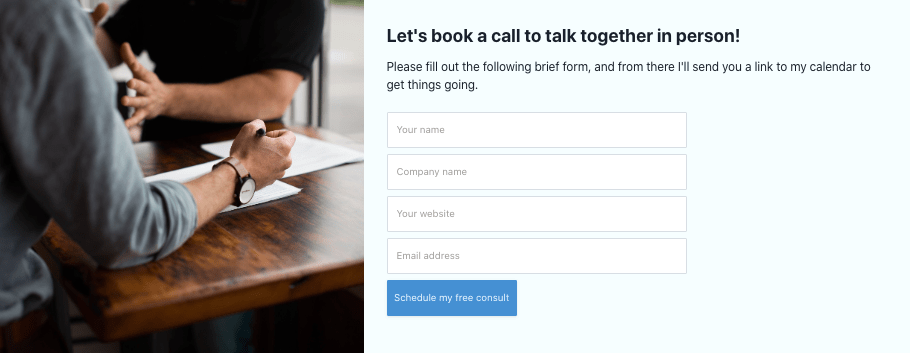
A less-qualified lead can sign up for a newsletter.

If you’re using SEO or PPC, a form or call to action should ideally be located above the fold of the browser on your landing pages. The following examples are from the website of another Ahrefs blog contributor, Sam Underwood:

Outbound qualification
You must gather information beyond their niche and company name to qualify an outbound prospect.
A Content Explorer report contains metrics such as Domain Rating (DR), referring domains, website traffic, and website traffic value. That’s valuable data to include in your outreach.
1. Export list from Content Explorer into Google Sheets
Following on from step #2 above, here’s an example of the report exported from Content Explorer into Google Sheets:
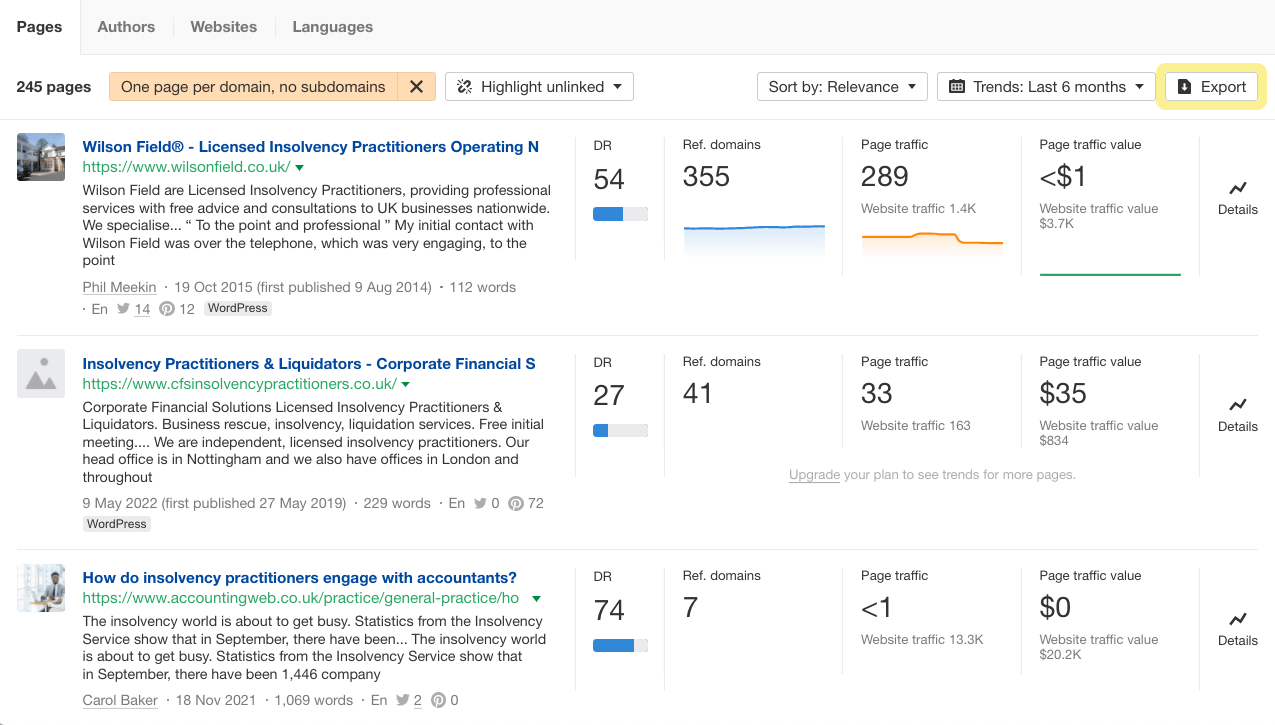
2. Clean up the spreadsheet
Remove irrelevant websites and all the columns, except for the content title, URL, referring domains, and website traffic.
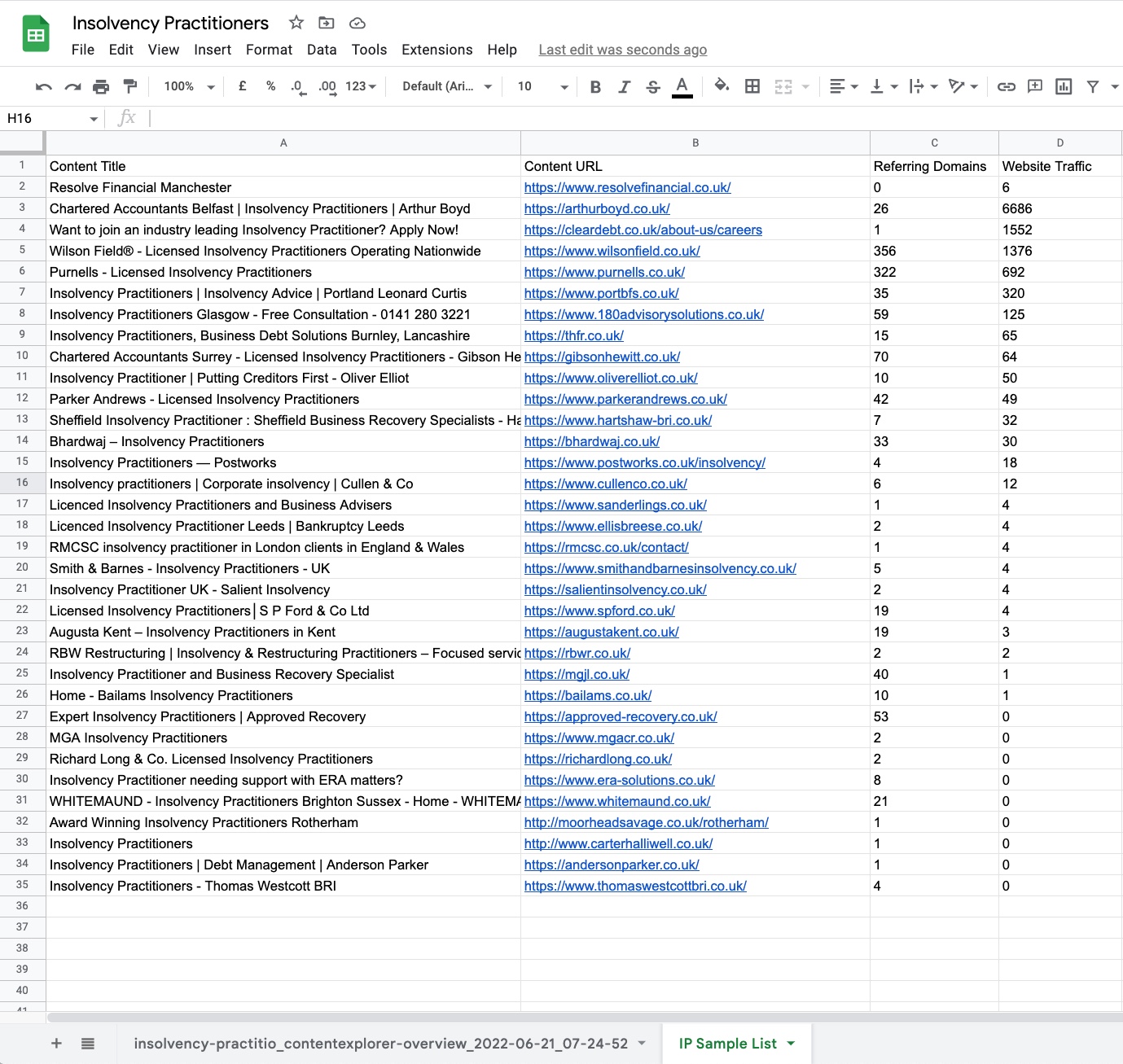
3. Export CSV and import into Hunter or Mailshake
Now select File > Download > CSV.
4. Find and verify contact
I’ll use Hunter in this example, but you can use any email outreach software.
https://www.youtube.com/watch?v=GE0YFMZknTM
Set up custom attributes to import the Website Traffic and Referring Domains data from your spreadsheet.

Go to Bulks > Bulk Domain Search > New Bulk.

Select Domain Search > New Bulk > Name your list and follow the screenshot for setup instructions.
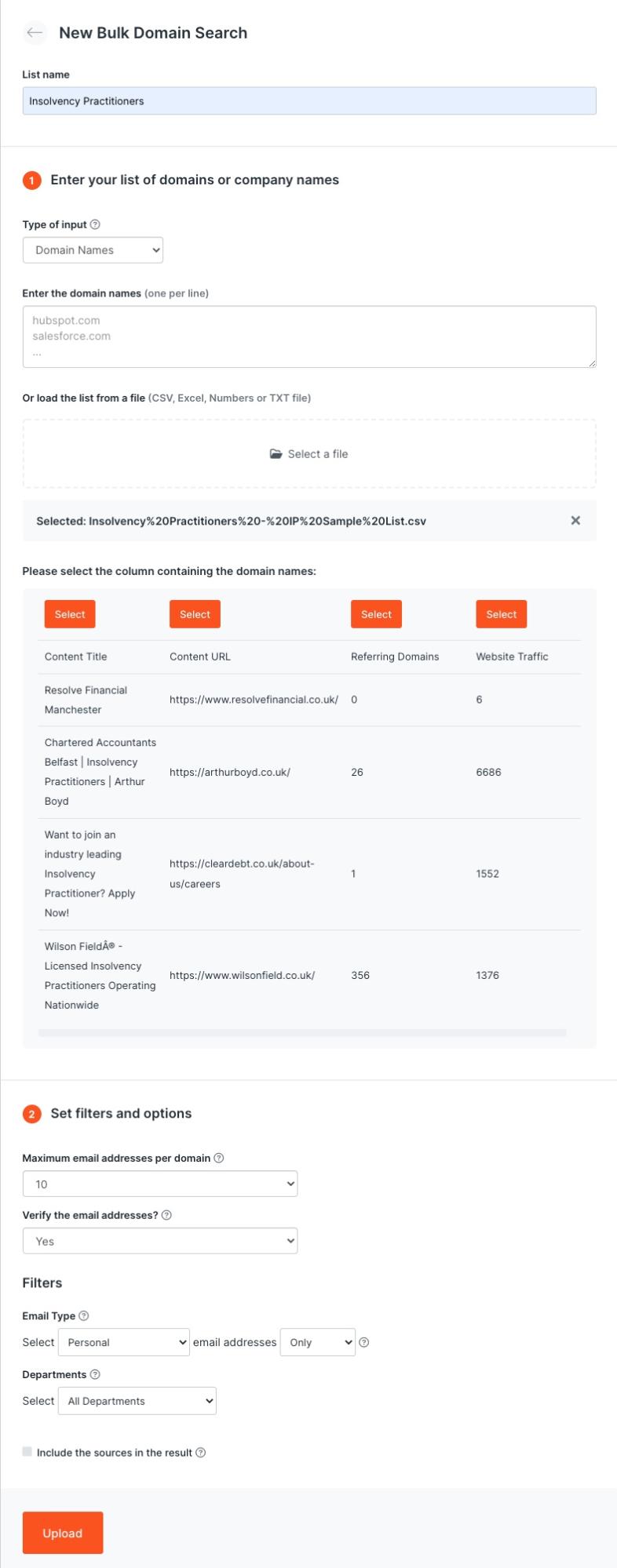
Preview your list, press “Launch,” and Hunter will find and verify the email addresses of prospects.

5. Create a campaign with two outreach emails
Now go to Campaigns and create a new campaign.
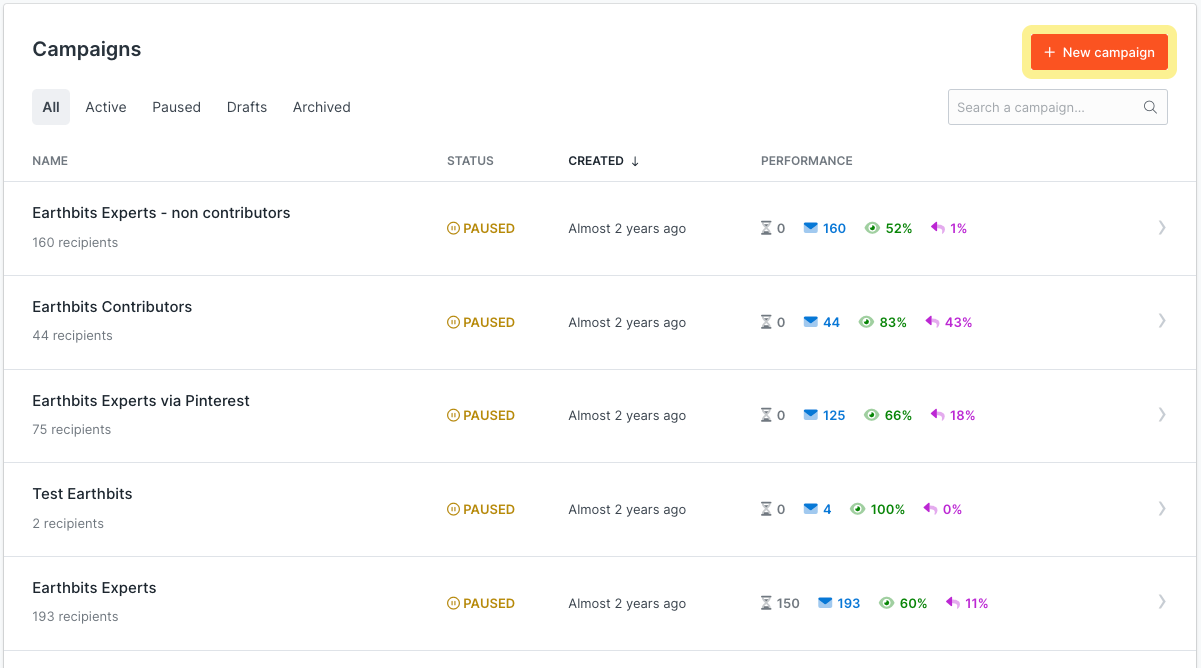
Below is an example of a sales outreach email. Also, try to follow these four email outreach guidelines:
- Write a subject line to encourage the prospect to open the email
- Personalize the email with their first name
- Offer something of value, e.g., the email below contains a quick comparison of their website traffic with a competitor’s
- Include a call to action
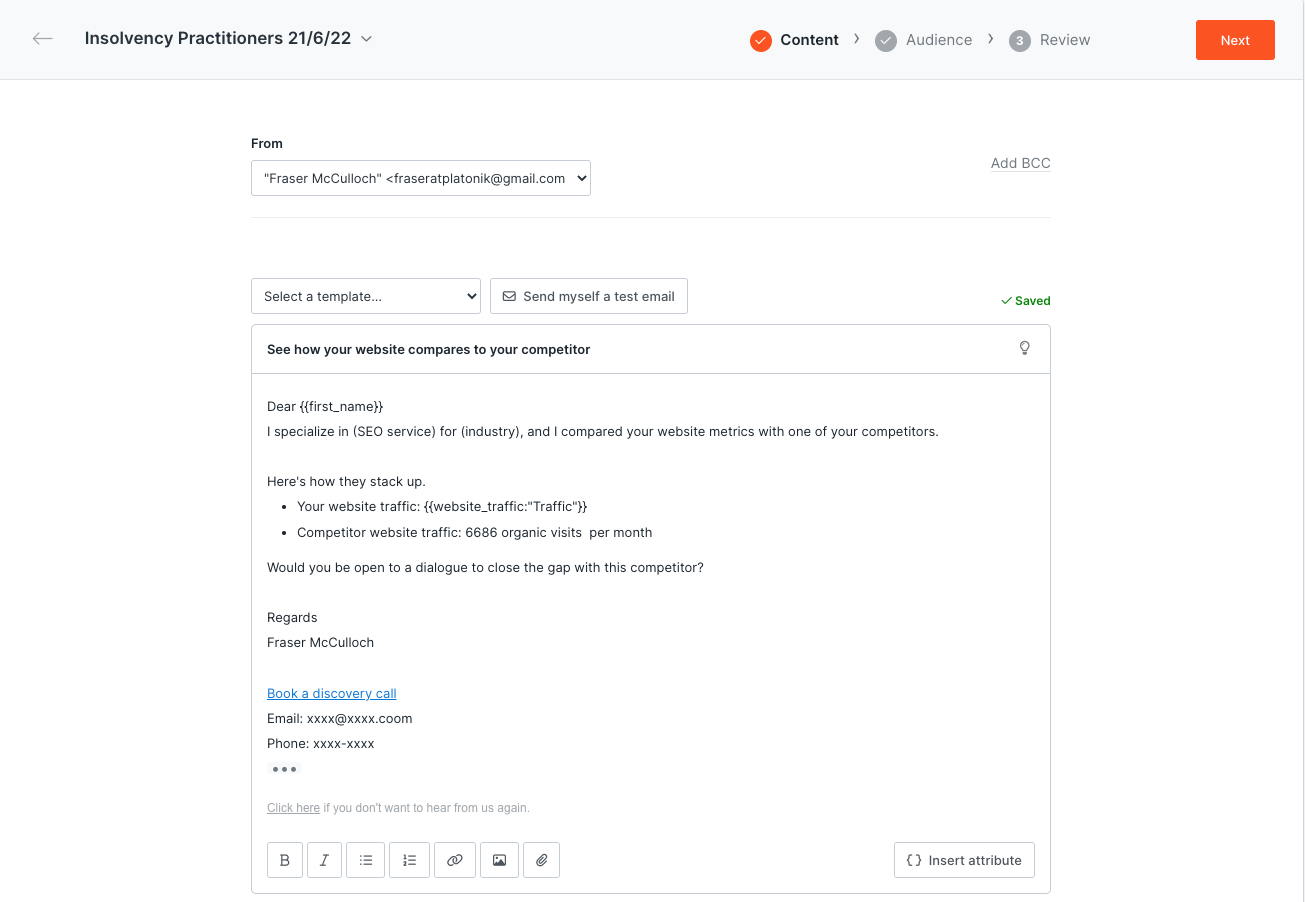
Then write a follow-up email:
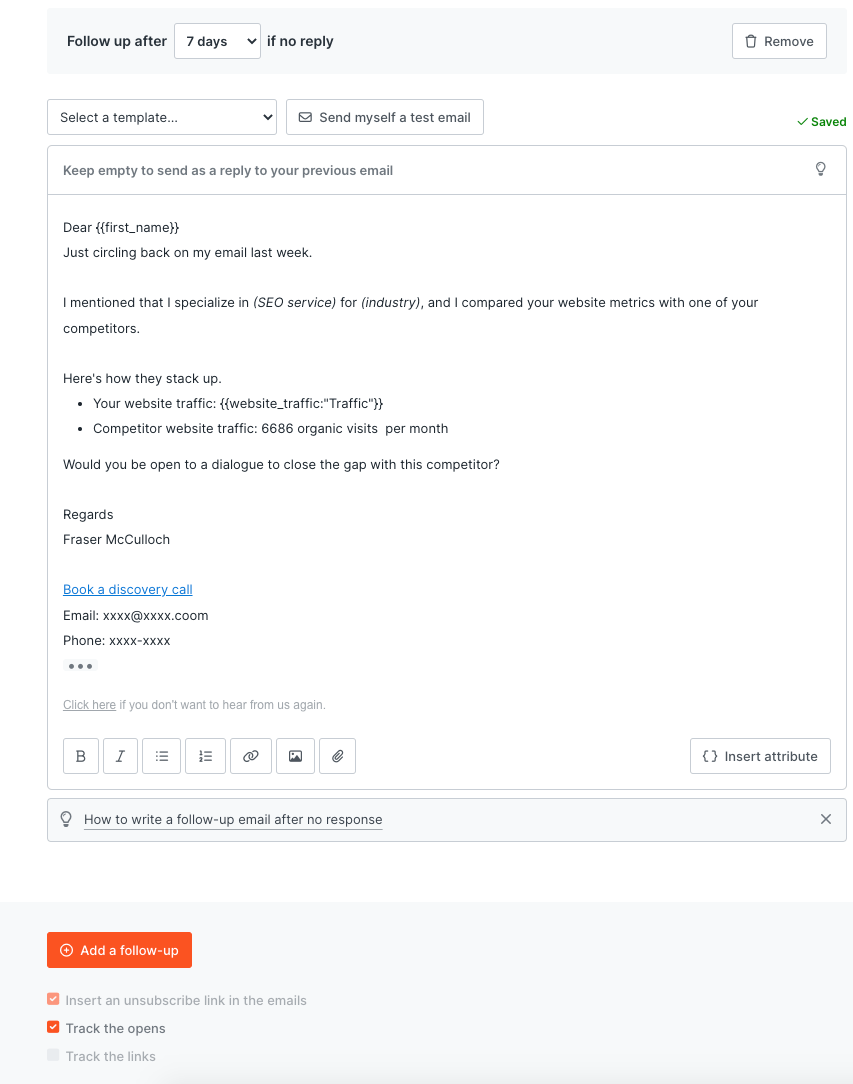
You can use Calendly or Google Calendar to allow prospects to book a discovery call with you.
Here’s a video outlining how to schedule appointments on Google Calendar:
https://www.youtube.com/watch?v=7AsmRNiveGc

- Now add your recipients
- Select “From Leads”
- Select the list you created from the left menu and add the recipients to your campaign
- Press “Next,” and you’ll see a preview of every email
- Press “Launch” when you’re ready to start your outreach campaign
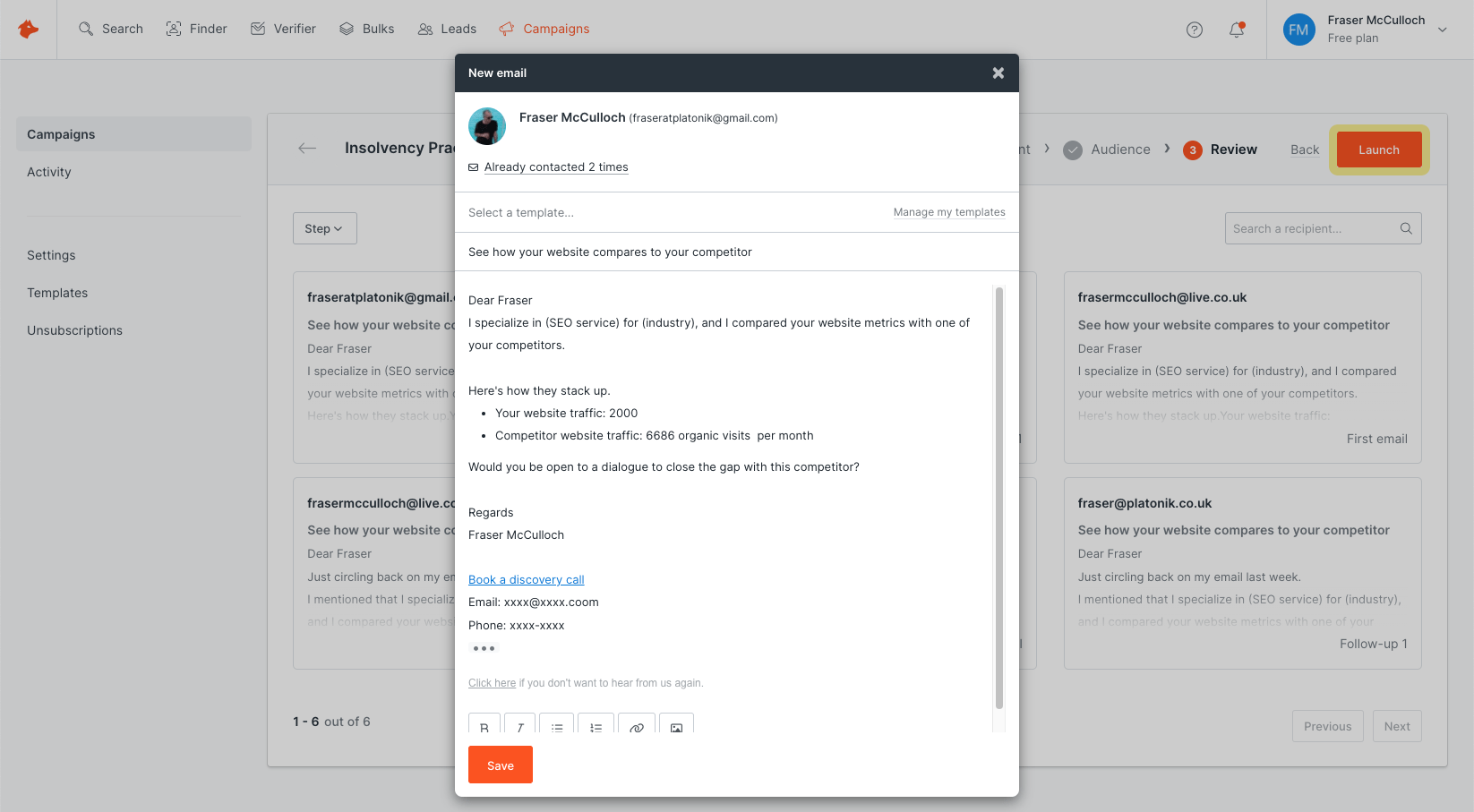
The purpose of the scheduled appointment is to see if there is a fit between you and your potential customer.
During the call, they’ll want to learn more about your experience, track record, processes, and team.
If they are an inbound lead, you already know they want a rough idea of the budget and start date from the form they filled in.
If they are an outbound lead, you already know their organic traffic and how it stacks up with a competitor’s.
You’ll want to discuss the service they want, budget, and timing. Also, it’s important to determine their future state.
You’ll discuss how you measure success.
You’ll provide pricing guidance, i.e., how you work and charge.
Subsequent meetings and dialogues revolve around the same topics.
Tell me more about your situation
I called a lead, Sam, at the appointed time and asked about his business.
He told me he was paying for leads from others, but he had an excellent offline network and social profile.
I told him a story about an ex-client who had purchased non-exclusive leads. The ex-client then called up prospects who had already received 10 calls from other contractors. Apparently, those contractors had been sold the same leads.
He asked about me.
I explained my business model and provided my traffic and conversion rates.
I proceeded to tell him he would want his own leads rather than purchasing third-party leads.
The bridge
Then to bridge the connection between his business and my business, I said:
“If a competing website gets 1,000 visits—let’s say they convert 2% into inquiries. That’s 20 inquiries a month. How many inquiries do you typically convert into a paid project?”
“10%,” he said.
“So two jobs at £20K are £40K a month or £480K a year,” I said.
“Yes, broadly speaking,” Sam replied.
Where do we go from here?
I sensed the call was nearing an end, so I asked, “Where do you want to go from here?”
P.S. This is my favorite call to action at the end of a call or email.
Sam said he would email me the plans for his business as we advance, and we should speak soon.
He texted me that evening.
One of the biggest mistakes I’ve made is to invest my time writing up a proposal and price only for the prospect to say no or, worse, not return my email or call.
So when asked, you should say a price before writing a proposal.
If they insist on a written proposal, try to resist and provide them with a price range.
Here’s an example: Bill, this project will range from $3,000 to $5,000 to start with, then a few $$$$ per month. Is that in alignment with your budget?
Unpaid proposals you send should fit on one page and include:
- Where they are now versus their future state.
- Pricing options anchored against each other.
When you give a client one pricing option, there are only two outcomes: yes or no. And a “no” outcome results in the prospect comparing your price with a competitor’s.
But when you provide pricing options, the client is now faced with Option A, Option B, or no.
For example, my goal is for the client to buy Option A. When I position the higher anchor price (Option B) alongside it, the client can now compare both my options.
According to Blair Enns, when offered two pricing options, a client will choose Option B 50% of the time.
Here’s a pricing example of a one-off project:
| Option A | Option B |
|---|---|
| – Keyword research – Produce 10 content briefs |
– Keyword research – Produce 10 content briefs – Professional copywriting for 10 pages – Publish 10 optimized pages |
| $1,999 | $7,999 |
Here’s a pricing example of an SEO monthly retainer:
| SEO Option A | SEO Option B |
|---|---|
| – Keyword research – Produce 10 content briefs per month – Copywriting for 10 pages – Publish 10 optimized pages – 1x outreach campaign per month |
– Keyword research – Produce 10 content briefs per month – Copywriting for 10 pages – Publish 10 optimized pages – 1x outreach campaign per month |
| $5,000 per month | $50,000 per annum paid in two installments |
Once they’ve verbally confirmed they want to go ahead, you can send them a copy created from our free SEO contract template.
This template includes 13 essential sections that help you protect yourself and set clear client expectations.
You can customize it however you want. Just change the names, edit the price and service descriptions, and adjust the sample terms and conditions to suit your needs.
Final thoughts
When you’re starting out, focus on outbound activity to generate sales leads. Those with an established SEO track record have a different problem: They need to filter inbound leads to maximize their revenues and margins.
Tailor your SEO service for your target industry, find prospects, qualify them, set up a discovery phone call, and give them a price before committing to writing a proposal.
Finally, use our SEO contract template to close the deal.
Got questions? Ping me on Twitter.
